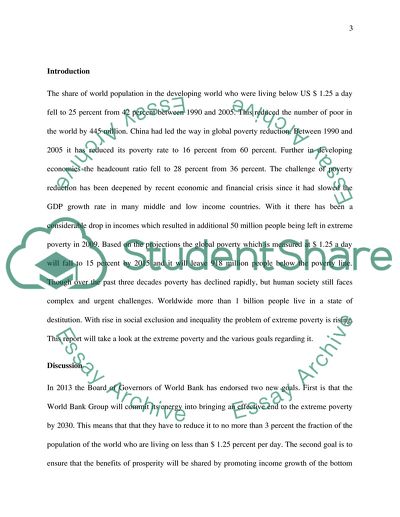Cite this document
(Millennium Development Goals Research Paper Example | Topics and Well Written Essays - 2000 words, n.d.)
Millennium Development Goals Research Paper Example | Topics and Well Written Essays - 2000 words. Retrieved from https://studentshare.org/sociology/1639564-what-is-extreme-poverty-to-what-degree-would-you-describe-meeting-goal-1-target-1-of-the-millennium-development-goal-as-a-success
Millennium Development Goals Research Paper Example | Topics and Well Written Essays - 2000 words. Retrieved from https://studentshare.org/sociology/1639564-what-is-extreme-poverty-to-what-degree-would-you-describe-meeting-goal-1-target-1-of-the-millennium-development-goal-as-a-success
(Millennium Development Goals Research Paper Example | Topics and Well Written Essays - 2000 Words)
Millennium Development Goals Research Paper Example | Topics and Well Written Essays - 2000 Words. https://studentshare.org/sociology/1639564-what-is-extreme-poverty-to-what-degree-would-you-describe-meeting-goal-1-target-1-of-the-millennium-development-goal-as-a-success.
Millennium Development Goals Research Paper Example | Topics and Well Written Essays - 2000 Words. https://studentshare.org/sociology/1639564-what-is-extreme-poverty-to-what-degree-would-you-describe-meeting-goal-1-target-1-of-the-millennium-development-goal-as-a-success.
“Millennium Development Goals Research Paper Example | Topics and Well Written Essays - 2000 Words”, n.d. https://studentshare.org/sociology/1639564-what-is-extreme-poverty-to-what-degree-would-you-describe-meeting-goal-1-target-1-of-the-millennium-development-goal-as-a-success.


